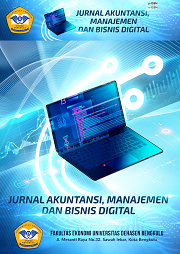Remote Work Burnout And Digital Nomadism: A Conceptual Framework For Understanding The Paradox Of Location Independence And Psychological Well-Being
Abstract
This conceptual paper examines the paradoxical relationship between remote work flexibility and employee burnout, with a particular focus on digital nomadism as an extreme form of location-independent work. The study develops a theoretical framework to understand how geographic freedom may paradoxically increase, rather than decrease, psychological pressure and occupational burnout. By synthesizing literature on remote work, digital nomadism, and occupational health, the framework is constructed based on job demands-resources theory, social support theory, and work-life boundary theory. The paper proposes that remote work burnout is a multidimensional construct encompassing the blurring of work-life boundaries, increased social isolation, and heightened performance pressure. Digital nomadism is portrayed as both a response to dissatisfaction with traditional work structures and a potential source of new occupational stressors. Although conceptual in nature, the framework requires empirical validation across different cultural settings and remote work contexts. In practical terms, organizations must redesign employee well-being policies to accommodate location-independent workers. This study offers an original contribution by introducing remote work burnout as a distinct theoretical phenomenon that is crucial to understand in the era of increasing work mobility.
Downloads
Copyright (c) 2024 Supriadi Supriadi

This work is licensed under a Creative Commons Attribution-ShareAlike 4.0 International License.










